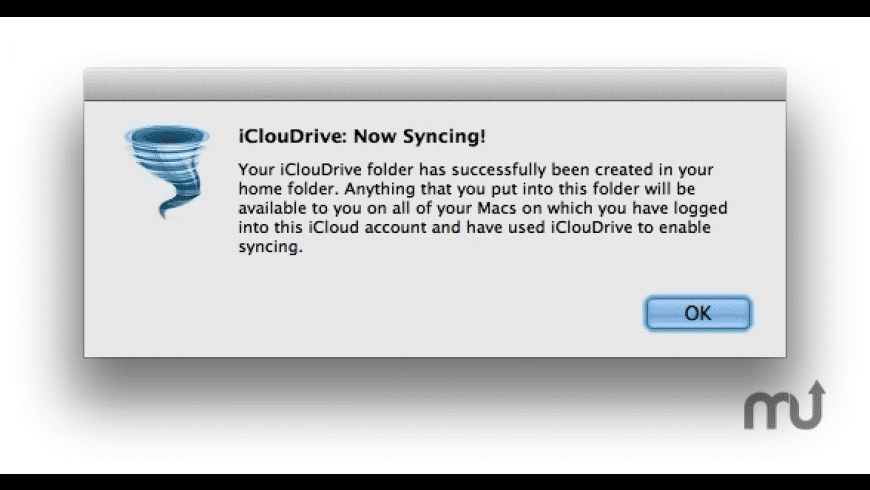
:max_bytes(150000):strip_icc()/drivehero-097f818d8358404cac71f23178aec779.jpg)
Just about everything else that matters can be stored in iCloud. While iCloud Drive isn't able to back up an entire machine, it gets pretty close-considering you can reinstall macOS and your programs from the web. ICloud Drive is right there inside the Finder on macOS, and you can also find a variety of options in System Preferences too. We've touched on how well iCloud Drive is integrated into macOS and iOS, and even if you don't sign up for extra storage, and don't allow iCloud to manage your photos and videos, it's still deeply embedded in these operating systems (if only to manage app backups and calendar and contact syncing). (Image credit: Apple) Apple iCloud Drive interface Collaborating with others is best done using the macOS and iOS apps, however there is basic browser access for those working from other operating systems. While this is great, some users would prefer more control over this, which cannot be had.īasic file and folder sharing is included, but there's no versioning, so you can't get back older versions of files. Other cloud storage solutions offer this too, but Apple is smart in the way that it optimizes this based off your frequently used files - it’s not as black and white as on or off.
#ICLOUDRIVE MAC#
This includes the option to toggle on and off ‘Optimize Mac Storage’, which promises to keep files downloaded to your computer if you have enough space, and to remove these local copies as and when you run out of space.

Many of the user’s day-to-day experiences will lie in Finder, but certain settings are found in System Preferences - the app that controls computer-wide settings. A couple of tests using the browser portal brought up the results we were expecting: the service can keep up with its competition and your own broadband connection is likely to be the limiting factor.īecause iCloud Drive is so closely integrated with the macOS experience, finding the various settings can pose its own challenges. ICloud Drive is best used in the background where it can be left to get on with it, automatically syncing files and optimizing space on your Mac’s hard drive.


 0 kommentar(er)
0 kommentar(er)
